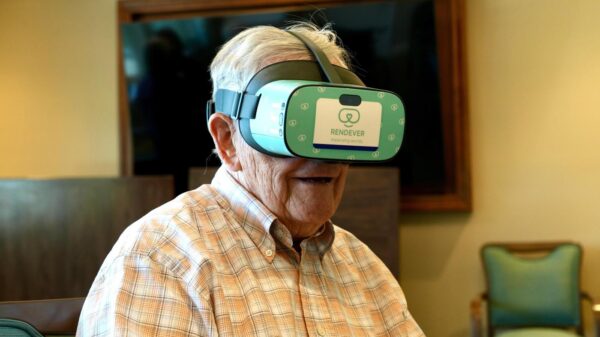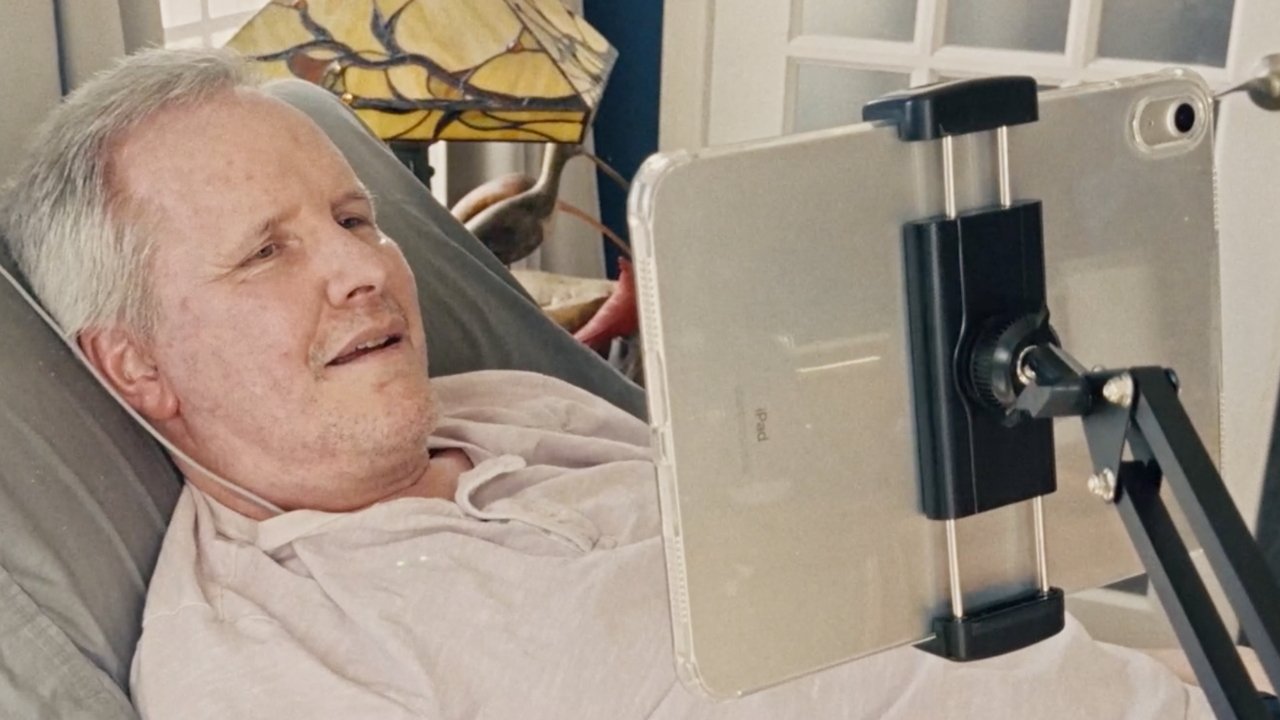A patient with Amyotrophic Lateral Sclerosis (ALS) has successfully demonstrated the use of an iPad through thought control, showcasing a groundbreaking application of Apple’s Brain-Computer Interface (BCI) Human Interface Device (HID) protocol. Mark Jackson, who is participating in a trial with the medical company Synchron, is able to operate the device solely through his thoughts, marking a significant advancement in assistive technology.
The BCI HID protocol, launched in May 2025, provides a framework for developers to create applications that allow users to interact with devices using their minds. This innovative approach was first revealed when Synchron showcased its use with a patient learning to navigate the Apple Vision Pro headset through thought commands. The recent demonstration with the iPad further emphasizes the potential of this technology to empower individuals with severe mobility impairments.
Synchron, based in the United States, has developed a prototype that enables seamless communication between the user’s brain and the iPad. This system interprets neural signals and translates them into actions on the device. Jackson’s experience highlights how this technology can transform the lives of individuals with ALS, providing them with greater independence and enabling them to engage with the digital world.
The implications of this development extend beyond personal autonomy. As technology evolves, the integration of brain-computer interfaces into everyday devices could pave the way for a new era of communication and interaction. The ability to control devices through thought opens numerous possibilities for various applications, including education, entertainment, and remote work.
Mark Jackson expressed his excitement about the advancements made during the trials. He stated, “This technology is not just a tool; it’s a way for me to connect with the world again.” His testimony underscores the human impact of such innovations, as they provide a lifeline for those who have lost the ability to communicate or interact as they once did.
As Synchron continues its research, the potential for broader applications of the BCI HID protocol remains vast. The collaboration with Apple not only enhances the functionality of their devices but also sets a precedent for the development of assistive technologies that prioritize accessibility. Future iterations of this technology could further refine the user experience, making it more intuitive and responsive to individual needs.
The demonstration of using an iPad through thought control is a testament to the advancements being made in medical technology and its practical applications in everyday life. As the world watches, the ongoing trials and developments surrounding this technology promise to reshape how individuals with disabilities engage with technology, offering new avenues for connection and interaction.








































































